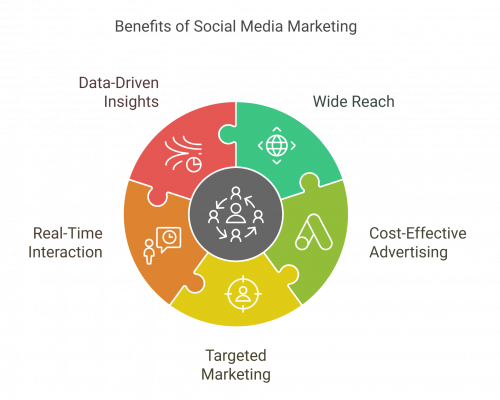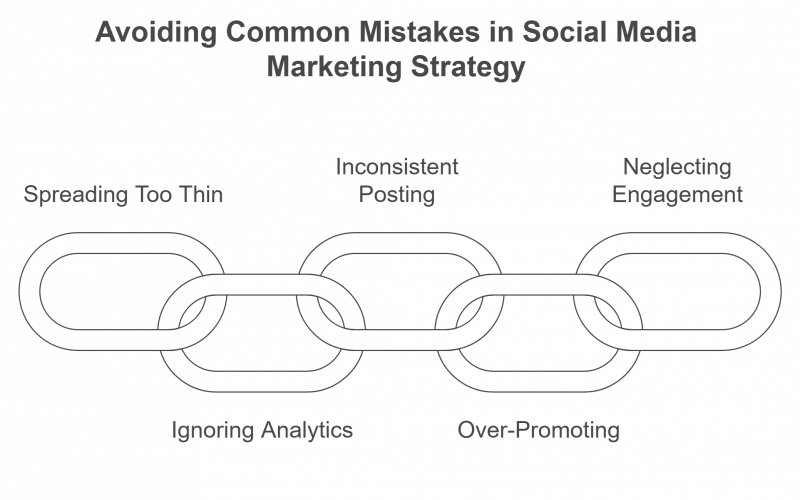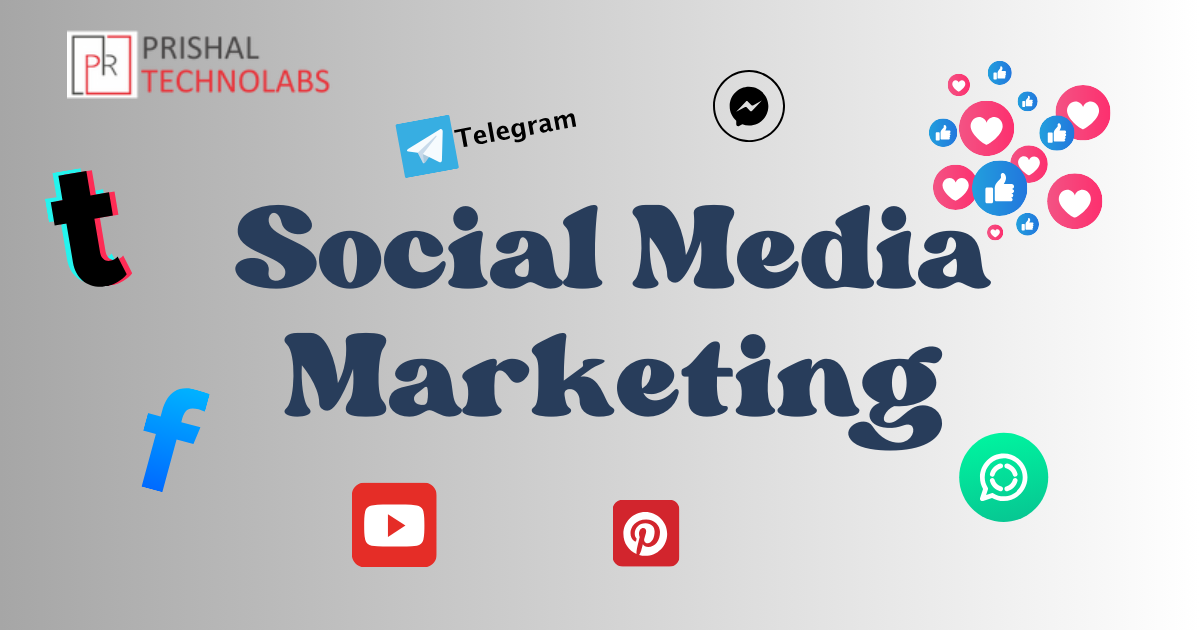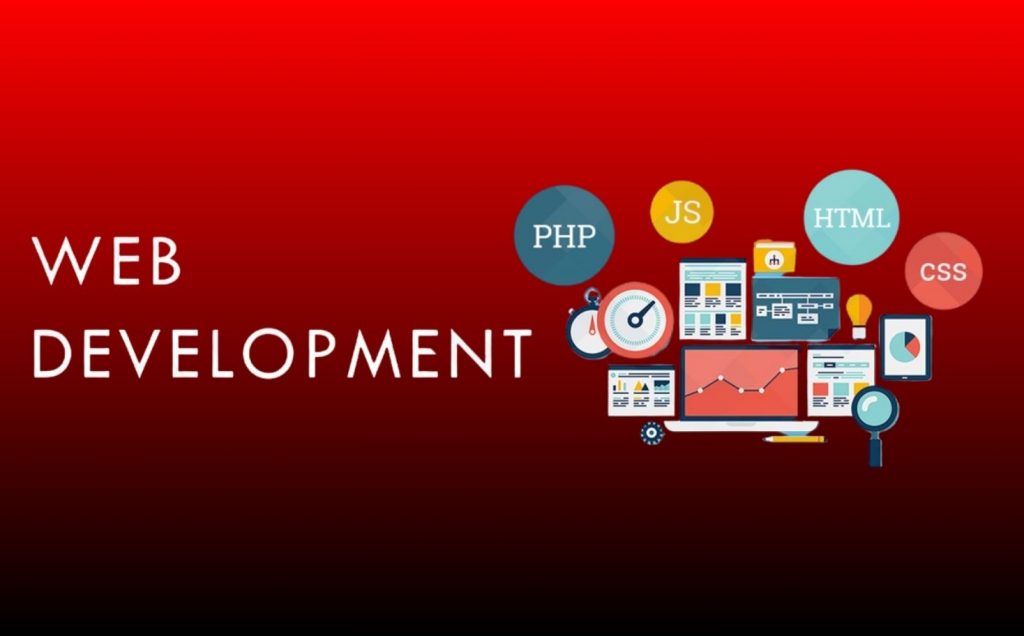At Prishal Technolabs, we understand that choosing the right social media platform is essential for businesses aiming to connect with their audience and grow. With so many platforms available, the question arises: Which social media platform is best for marketing?
Whether you’re a student exploring marketing strategies, a small business owner in India, or part of a corporate team, this guide will help you identify the platform that aligns best with your goals and audience.
Why Social Media Platforms Matter for Marketing
Social media platforms are powerful tools for businesses looking to expand their reach and engage with their audience. Here’s why:
- Wide Reach: Platforms like Facebook and Instagram have billions of users, giving businesses access to diverse demographics.
- Cost-Effective Advertising: Social media campaigns can fit into any budget, making them accessible for businesses of all sizes.
- Targeted Marketing: Tools on these platforms allow businesses to reach specific audiences based on interests, location, and behavior.
- Real-Time Interaction: Social platforms let businesses interact directly with customers, building stronger relationships.
- Data-Driven Insights: Analytics tools help track performance and make informed decisions.
Takeaway: Choosing the right platform ensures your marketing efforts are both efficient and impactful.

Top Social Media Platforms for Marketing
Each platform caters to specific audiences and industries. Here’s an overview:
2.1 Facebook
- Audience: Broad, including older demographics.
- Best For: Local businesses, retail, and community-driven brands.
- Features: Facebook Ads, Groups, Events, and Marketplace.
- Pro Tip: Use Facebook’s detailed targeting options to reach your ideal audience.
2.2 Instagram
- Audience: Younger users, typically aged 18-34.
- Best For: Fashion, beauty, food, and lifestyle brands.
- Features: Stories, Reels, Shopping, and Influencer Collaborations.
- Pro Tip: Focus on high-quality visuals and use Instagram Shopping to drive sales directly from the platform.
2.3 LinkedIn
- Audience: Professionals, B2B marketers, and recruiters.
- Best For: Corporate companies, educational institutions, and job seekers.
- Features: Articles, Job Listings, and LinkedIn Ads.
- Pro Tip: Share thought leadership content to establish your brand as an industry expert.
2.4 Twitter
- Audience: News enthusiasts and tech-savvy users.
- Best For: Real-time updates, customer service, and tech industries.
- Features: Threads, Hashtags, and Polls.
- Pro Tip: Leverage trending hashtags to boost visibility and join conversations.
2.5 YouTube
- Audience: Diverse, with a focus on long-form content.
- Best For: Tutorials, product reviews, and entertainment.
- Features: Ads, Community Posts, and Live Streams.
- Pro Tip: Optimize video titles and descriptions with relevant keywords to improve discoverability.
2.6 TikTok
- Audience: Primarily Gen Z and younger millennials.
- Best For: Creative, short-form video content for lifestyle and entertainment brands.
- Features: Duets, Challenges, and TikTok Ads.
- Pro Tip: Keep content trendy and engaging to capture attention quickly.
2.7 Pinterest
- Audience: Predominantly female users interested in DIY, home decor, and fashion.
- Best For: Visual-driven industries like wedding planning and interior design.
- Features: Pins, Boards, and Shopping Features.
- Pro Tip: Use high-quality images and include keywords in pin descriptions to boost engagement.
How to Choose the Right Platform for Your Business
Finding the right platform depends on your goals, audience, and resources. Here’s how to decide:
Step 1: Identify Your Goals
- Are you aiming to increase brand awareness, drive sales, or build a loyal community?
Step 2: Understand Your Audience
- Use analytics tools to discover where your target audience spends their time.
Step 3: Assess Your Resources
- Can you create high-quality videos for YouTube or TikTok? Do you have time to engage on LinkedIn?
Step 4: Experiment and Refine
- Test multiple platforms to determine which ones yield the best results for your goals.
Example: A startup targeting professionals may focus on LinkedIn for networking and Facebook for broader advertising.
Platform-Specific Strategies
Each platform requires a tailored approach. Here are strategies to maximize your impact:
- Use Facebook Ads to promote events or special offers.
- Engage followers with polls, live sessions, and community posts.
- Post consistently on Stories and Reels to stay visible.
- Partner with influencers to expand your reach.
- Share industry insights, job openings, and long-form articles.
- Use LinkedIn Ads to target decision-makers in your field.
- Stay active with regular tweets and engage in trending topics.
- Use Twitter as a customer service tool to address queries promptly.
YouTube
- Create educational or product-related videos.
- Add clear calls-to-action (CTAs) in video descriptions.
TikTok
- Participate in popular trends and challenges.
- Collaborate with creators to enhance visibility.
- Organize pins into themed boards for easy navigation.
- Use high-quality visuals that align with your audience’s preferences.
Common Mistakes to Avoid
Avoid these pitfalls to make the most of your social media marketing:
- Spreading Too Thin: Focus on 2-3 platforms instead of trying to be everywhere.
- Ignoring Analytics: Regularly review metrics to identify what’s working.
- Inconsistent Posting: Maintain a consistent schedule to keep followers engaged.
- Over-Promoting: Balance promotional posts with content that provides value.
- Neglecting Engagement: Respond to comments and messages promptly to build trust.

Case Studies: Success Stories from Different Platforms
Case Study 1: VrihiSkyDeck Resturant
- Challenge: Low visibility in local search
- Solution: Comprehensive local SEO strategy
- Result: 150% increase in local search visibility
Case Study 2: Satyadev Super Speciality Hospital
- Challenge: Poor online reputation
- Solution: Review management and local content strategy
- Result: 200% increase in leads
Frequently Asked Questions (FAQs)
Absolutely. Most platforms offer budget-friendly advertising options suitable for small businesses.
Facebook and Instagram are great starting points due to their user-friendly interfaces and wide reach.
Aim for 3-5 posts weekly on platforms like Instagram and Facebook, and 1-2 posts weekly on LinkedIn.
While organic reach is valuable, paid ads can help you scale and reach a larger audience faster.
Conclusion
The best social media platform for marketing depends on your audience, goals, and resources. By understanding each platform’s strengths and tailoring your strategy accordingly, you can maximize your results and grow your business effectively.
At Prishal Technolabs, we specialize in helping businesses select and excel on the right social media platforms. Contact us today to develop a customized marketing strategy that meets your needs!





